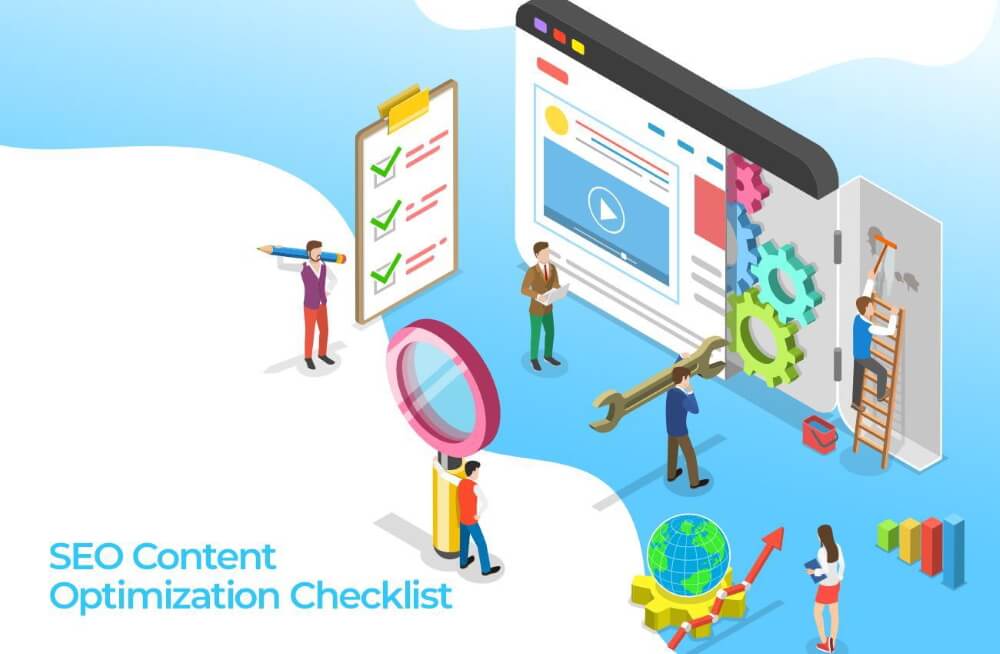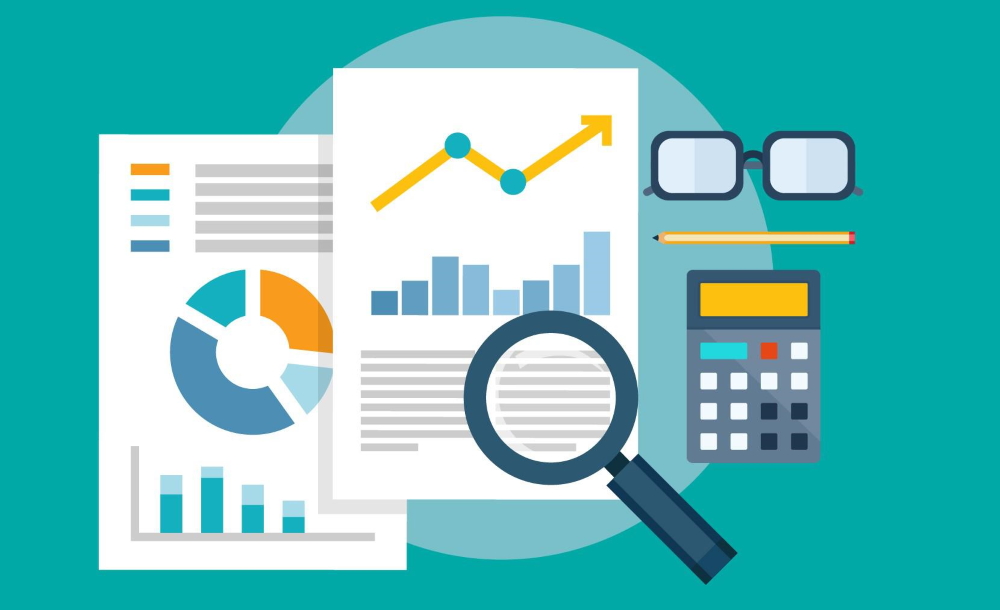Search engine optimization (SEO) might be one of the most dynamic and constantly evolving fields, however, one component that has retained its impact and influence over the technique is the significance of content.
We won’t be exaggerating if we say that SEO and content supplements each other rather nicely. In fact, the whole purpose of search engine optimization is to give businesses higher visibility and ranking on search engines and content is the most important component that pushes websites above the search engine ranking pages (this isn’t to say there aren’t other components).
Digital Gravity Tip: Content isn’t just about blogs and articles, rather the graphics, videos or podcasts which might show up over the top ranking for any search query, it’s all content.
So, in essence, there’s a complex and intricate association between SEO and content, which might be a little confusing for many people to relate to. Here in this blog, we have come up with a brief guide to help you understand the process to optimize each content element for SEO.
What is SEO Content?
Now, before we began out the
checklist, let’s just take a few moments to understand what SEO content means and for that purpose we can just split the term into two parts:
The first part is about SEO or search engine optimization, which most of you would know relate to the process of optimizing an online website and its content to achieve higher search engine ranking for specific keywords (search queries/phrases).
The second part is about content, which refers to any and all pieces of information published by the business (videos, blogs, podcasts, infographics, social posts, etc.) with the aim to get indexed over search engine.
So, if we are to take the two terms simultaneously, SEO content refers to any piece of information that is meant to boost your online business visibility and enhance traffic to the website by getting higher search engine page rankings (SERPs).
Another essential aspect when talking about SEO content is to understand the working of search engine algorithms for ranking. Search engine algorithms rank websites based on the relevance of the content to the search queries made by the users, supplemented by the web page authority. Now, the important term here is ‘relevance’, which is determined by the level of content optimization for specific search queries or phrases. For instance, if you are a web development agency Dubai, the content needs to include keywords and phrases referring to web development like “best web development agency Dubai’, ‘affordable web development agency Dubai’, etc. Whereas, the other part ‘page authority’ is determined by the number and strength of the backlinks that point back to your website.
To sum up, SEO content refers to content creation by keeping in view the relevance of keywords and preference of the target audience.
SEO Content Optimization Checklist
Ok, now let’s just begin our checklist for SEO content optimization. This may seem to be a long list, however, each content element discussed in this list carried its own weight and value for SEO content optimization.
1. Keywords Research
In the above sections, we discussed the importance of creating relevant content in-line with specific search queries/phrases – those are your keywords. Keywords research is an important part of content optimization and greatly influence the quantity and quality of traffic you may receive. Again, you need to be logical and deterministic in your approach to choose the most suitable keywords, which makes the
best search queries. For instance, “SEO company Dubai” may be too generic keyword and may not attract targeted traffic or potential leads to your business. Using “affordable
SEO Company Dubai” or “local SEO Company Dubai” are better targeted keywords with higher potential to give you leads.
2. Be logical in keywords usage
Keywords are important in ranking your pages/content, however, you can’t just stuff keywords illogically in your content. Too many keywords or unstructured use of keywords in the content will backfire your SEO content optimization needs and you may actually be penalized by Google in search results. Thereby, it’s best to use keywords variation in your content or try using LSI keywords to appease the audience and search engine algorithms.
3. Title tags Optimization
Title tags are the first component that users will see during an organic search result. And just as they say, the first impression is often the last impression, thereby, it’s important to imply topical relevance when writing title tags. Remember, you only got 60 characters limit to write title tags; make sure you make each one of them count.
4. Keywords in the URL
Adding relevant keywords or wording in your URL will further establish the association of your business with the search queries, making it an easier choice for users to visit the website. It’s also an important feature for backlink acquisition. Thus including the right keywords in URL will boost your efforts for SEO
content optimization.
5. Image Optimization
Remember, loading speed has a direct influence over your website ranking. Google search engine algorithm prefers websites with faster loading time, which is to say, you need to optimize the graphical content on your website to minimize the page loading time and boost your search engine page rankings.
6. Convincing Meta descriptions
Meta-Descriptions are character snippets (up to 155 character limit), used to give a brief and precise overview of the page/website. Meta-descriptions are the next component that is shown with title tags against any organic search query result. Thereby, it’s absolutely crucial to write highly optimized meta-descriptions covering most important keywords and keeping high relevancy to the page.
7. High Authority Link to related
Another important element for SEO content optimization is to use high-authority reference links in our content. You can insert these links as hyperlinks within the content, in which the search engine algorithms will index to determine the authority and relevancy of your content.
8. Internal linking
Apart from using high-authority outside links in your content, you can also use an internal linking strategy to boost your website’s authority and ranking. This can be achieved by linking any relevant high-quality blog post or even another site page within the content using descriptive anchor text. Apart from boosting search engine rankings, internal linking also helps to create users’ interest in browsing through the website pages, thus giving you a chance to get a potential lead.
9. Make it Shareable
While in the past, websites tend to be possessive about their content due to copyright infringes, today, it’s all about making it easier for users to share your content.
According to research by
Digital Gravity, users prefer to share interesting content, to which they can relate or connect with other people with similar interests. This is a great opportunity for businesses to get more visibility and higher brand awareness.
However, nobody today is ready to spend time looking out for ways to share. Thereby, it is important to make your content easy to share, which will translate into enhanced rankings and high-quality backlinks for your site.
10. Mobile Optimization
Since 2015, Google has been penalizing websites that aren’t optimized for mobile devices. The number of mobile search queries makes up more than half of all the search queries. This is to say that if your website content isn’t optimized for mobile devices, you are already losing more than half the business.
11. Quality backlinks
While some may think that back-linking is dead, in reality, it isn’t. In fact, the significance of back-links has only grown recently. The only difference is that today it’s not about the quantity but the quality of the backlinks. A single
high-quality backlink from a high-authority website is better than 10 low-quality links.
Digital Gravity Tip: The best way to acquire high-authority backlinks is to create engaging and high-quality content (guest blogs) or infographics to gain traction and acquire high-authority links.
12. Analyze your data
Google Analytics offers simple and interactive tools to consistently track and analyze visitors on your website, along with entry and exit sources.
Tracking the key metrics enables businesses to undertake the gap analysis and make well-informed data-driven decisions to modify any strategy that isn’t performing as expected.
There are several other tools as well that can help you monitor the data and results of your campaigns, which you can use to monitor best-performing pages, time spent on each page, the number of backlinks acquired overtime, conversion rates, social shares and much more.
Final Thoughts
Achieving constant results for Google rankings may be difficult, however, if you have an understanding of SEO Content optimization, you can achieve it.
While, there are various other techniques that go into the bigger SEO or digital marketing umbrella, content is the biggest influencer for rankings, as well as, your connection with the audience. Make sure you are able to make an impact with your content for a strong and lasting online presence.




